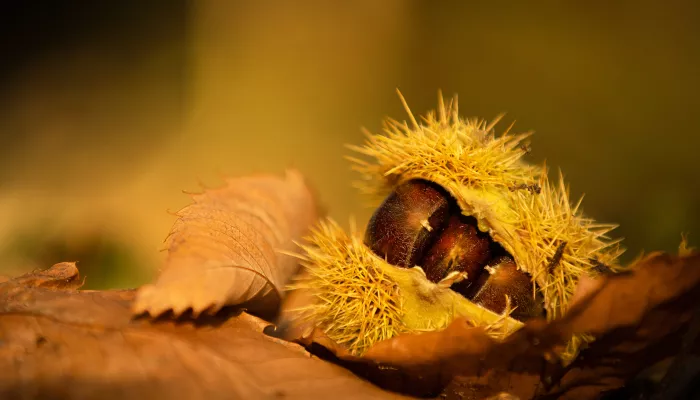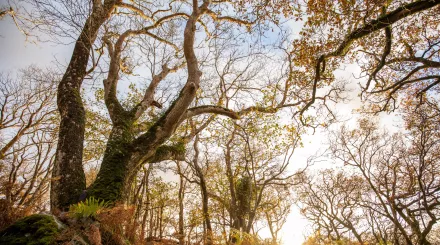
Ben Porter
If we raise £75,000, we can carry out vital disease and pest management on our reserves...
... protecting woodlands from threats like ash dieback disease. In Kent, our proximity to mainland Europe means we are especially vulnerable to pests, diseases and pathogens. The generosity of our supporters has allowed us to undertake extensive work to control ash dieback in recent years, but it is an on-going and costly challenge -requiring direct management of infected trees and regular surveying to monitor the spread of this and other threats.

If we raise £160,000, we can also improve tracks and access in and around woodlands, like the Blean.
To carry out essential woodland management activities like coppicing, and repairing fences, we have to manoeuvre machinery, materials, teams of volunteers, and livestock around our woodlands. Well maintained access tracks make this work possible. Our wardens also maintain 100s of kilometres of pathways to ensure our reserves are as accessible as possible, so that more people can experience nature.
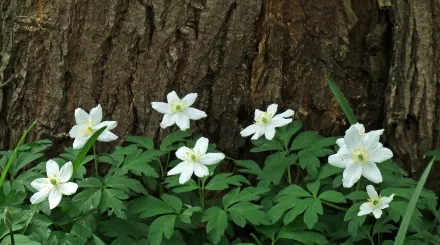
Wood anemone ©Paul Lane
If we raise £215,000, we’ll be able to combat more invasive non-native species.
This is an on-going and labour-intensive challenge for our reserves’ teams, but it is crucial to ensure our woodlands remain diverse. If left unchecked non-native species like rhododendron, cherry laurel and goat’s rue can spread rapidly and outcompete native plants, like wood anemone, bluebells and lily of the valley, for space and light.
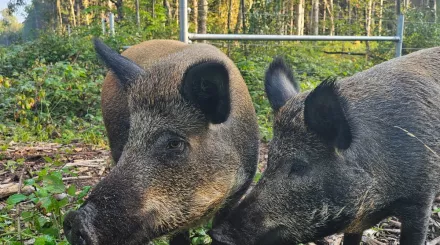
© Ian Rickards
If we reach £270,000 we can also install new fencing to support our Wilder Grazing programme.
Grazing animals, like Highland cattle, Exmoor ponies and Iron Age pigs help to naturally and sustainably manage our reserves. Fencing enables us to effectively and safely manage these animals, so they can continue to fulfill this important role.

If we reach £315,000, donations will also support vital, on-going restoration work
Managing the woodlands under our protection takes significant time and resource. Donations will support our wardens and volunteer teams to carry out essential tasks like tree thinning, coppicing, and creating and maintaining rides and glades, which create a varied age structure and encourage a myriad of species; as well as training for the wardens and conservationists of tomorrow.
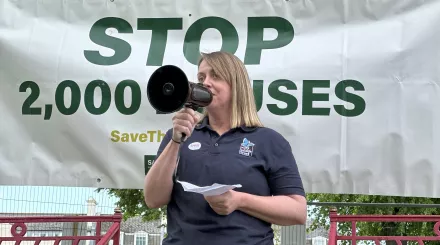
If we reach £370,000, funds will also support the work of our expert policy and planning team.
This will help them to continue to engage with local planning processes, challenge inappropriate and damaging development and advocate for the protection and preservation of our natural spaces.
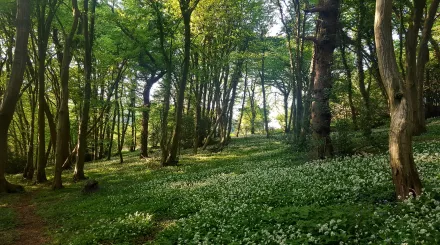
Lucy Carden
If we reach our £475,000 target, we’ll have the chance to protect more at-risk woodland.
By bringing more land under our protection and working closely with landowners we can restore and reconnect fragmented woodland habitats, creating vital wildlife corridors. If we reach this target, we can set aside funds for viable land purchase opportunities that arise in the near future. Opportunities to buy at-risk land are often highly time sensitive, so a designated pot will help us to act quickly to purchase land or kickstart additional fundraising efforts if needed.

